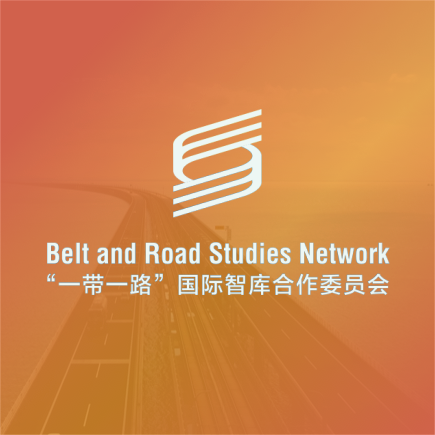
Sun Jisheng, Vice President, China Foreign Affairs University
Speech at BRSN in Beijing on April 25, 2019
The world since 2016 has begun to face increasing uncertainty and has also begun to be challenged by antiglobalization and deglobalization. Meanwhile, with the increase of China’s national strength and international influence, China has become more certain about itself, putting forward its own ideas, approaches and initiatives, one of the most important ones is the Belt and Road Initiative (BRI). The BRI can be a new way to promote economic globalization.
The very basic element of globalization is to promote the flow of goods, information and capital around the globe and the whole world is viewed as one entity. The major problems of the current round of globalization is its partiality and exclusiveness: not every country can participate equally; the benefit is also not shared equally, leading to the division within the country and among different countries, producing marginalized groups and even marginalized countries.
What the BRI promotes on the one hand matches the traditional main theme of globalization and on the other hand also adds the Chinese content to the new round of globalization.
The BRI emphasizes connectivity and the primarily focus on the creation of shared transport links, which is very important for development. At the beginning of China’s reform and opening up, people often say, “If you want to get rich, build the roads first”. Simply because building the road can help a region to better connected with the rest of the country. Chinese people these years have benefited quite a lot from the increasing connectivity thanks to the development of high-speed railway and highway networks. Connectivity not only can better promote the flow of goods, better link the markets, but also can change the sense of time and space, making people feel closer.
The BRI also sticks to its own principles and values. The first one is equality. All countries can join in, although with different needs, no matter rich or poor, small or big. It depends on the evaluation, judgment, readiness and willingness of each country. All countries can choose, make contribution and get benefits from this platform equally.
The second one is openness. The BRI originally was called One Belt and One Road, later changed to the BRI. The BRI is an open mechanism or platform, encouraging partner countries to combine their comparative advantages, and achieve shared development and prosperity. The BRI extends beyond Asia and Europe. It also extends to Africa, Latin America. In this sense, it can further promote regional cooperation and interregional cooperation.
The third one is inclusiveness. Chinese culture always emphasizes harmony but not uniformity, peaceful coexistence, seeking common ground while shelving differences. Different things put together can also form a harmonious whole. Countries with different social and political systems, different religions and different civilizations can all join; different regional and international organizations can join as well. Regarding the way of cooperation, there is also no fixed standard or rules. The way to cooperate can be very diverse, flexible and inclusive. From this perspective, this can be seen as a kind of innovation for international cooperation.
The fourth one is development promotion. China has been committed to development in the past four decades, successfully lifting over 700 million of people out of poverty. According to the World Bank: about 19 countries along the BRI are middle-and-low income countries, whose total population is 2.4 billion. China can be a good example for poverty alleviation. During the 2016 G20 Hangzhou Summit, development was put into the agenda of global governance. The BRI can continue to promote China’s development, meanwhile other countries and regions can also benefit from China’s development through joint efforts and win-win cooperation. If the BRI can help to promote the development of these countries and change them to middle income countries, the development landscape of the world will change. It will be a great contribution to sustainable development goals, which can’t be achieved by the current round of globlalization.
To conclude, the BRI can help to promote the new round of globalization. The realization of the BRI will not only depend on China, but also the interaction and the joint efforts of all participating countries. It is a learning process for all, which might need adjustment and readjustment during the implementation process.
DISCLAIMER
The views expressed in this article are entirely those of the author(s) own, and not those of the Belt and Road Studies Network (BRSN).
今年1月,新冠疫情突然而至。为了防止疫情扩散,我国采取了史无前例的交通阻断及人流限制措施,这也为我国农业农村经济发展带来了巨大挑战。
